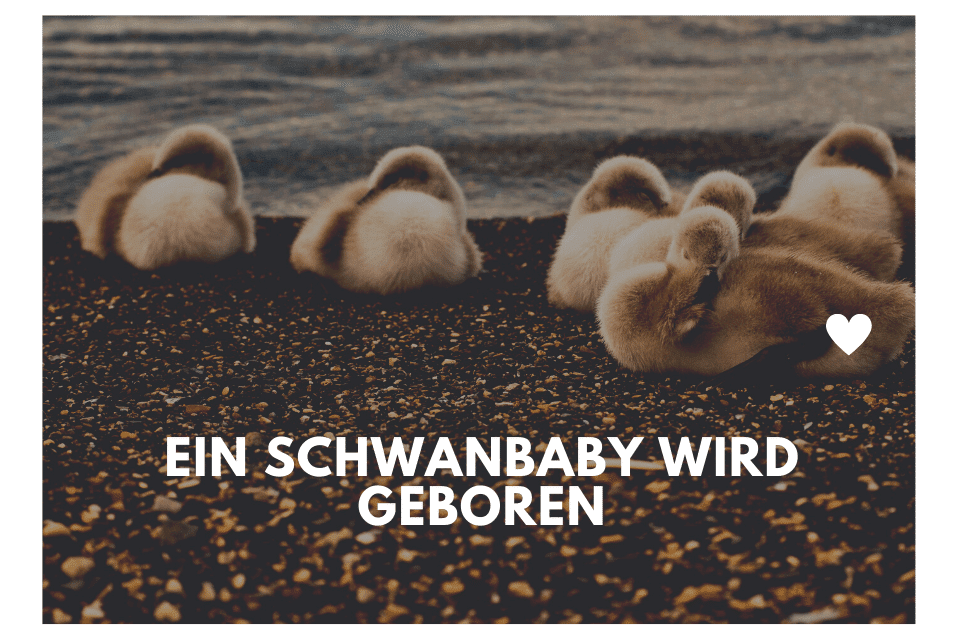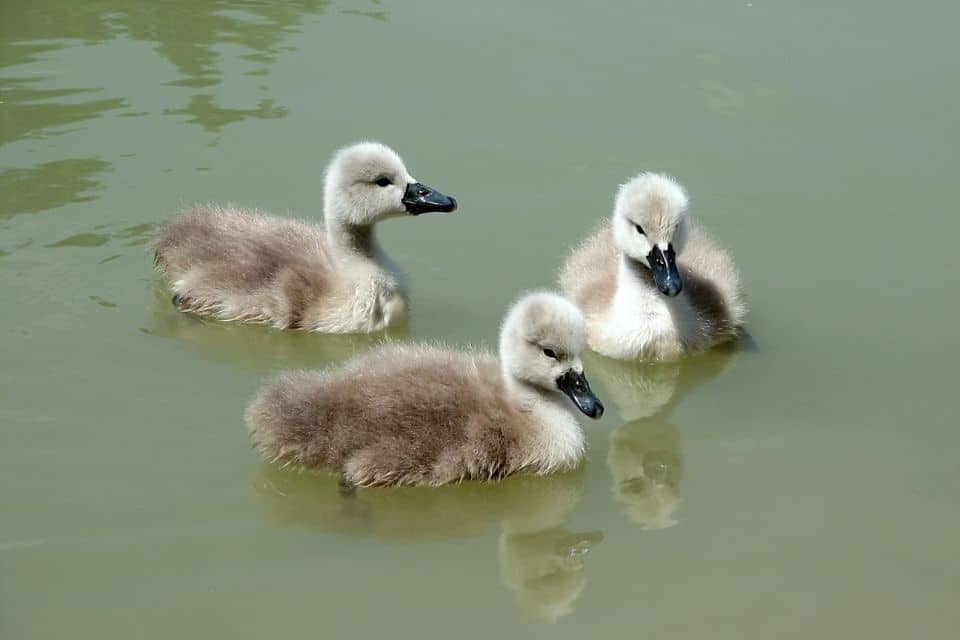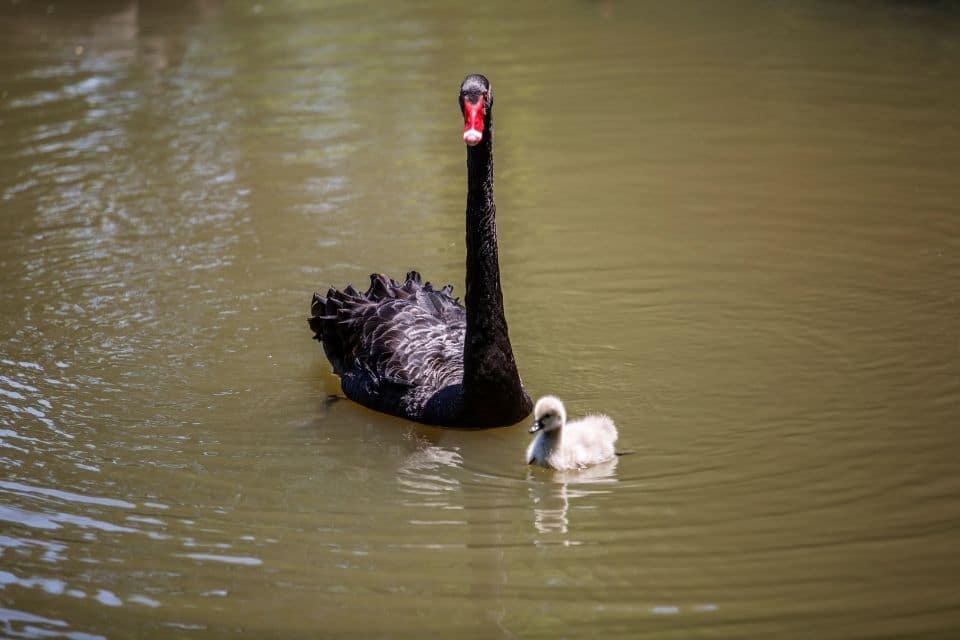Last updated on March 29, 2022 by Roger Kaufman
Lake Zug – Young swans treat themselves to a break
Somehow always fascinating, young swans make a nap at the lake 🙂
Baby swan take a break video
Source: Roger Kaufman
Baby swans – swan chicks
Swans hatching from their eggs are the miraculous end to the protracted vigil that the swan women have endured for over a month. In addition to being critically endangered, the pen (and cob) also forage for food. They only spend a few days in the nest with their young before their great life experience begins.
A baby swan is born

After their legendary battle to free themselves from the egg, the babies are still covered in a layer of wax that surrounds it inside the egg and protects it from numerous fluids that consist of the egg. This waxy finish gives them the damp appearance they have when simply hatched, but it quickly disappears over the following few hours as it dries and a few rub off as they press against their mother and their mother over too the nest material.
Once dried, the infant swan takes on the light gray, fluffy appearance that makes cygnets so attractive to seers.
The weight of the baby swan at the time of hatching is approximately 64% of the weight of the egg when first laid (the missing proportion of 36% is included in the weight of the eggshell, membranes, fluids/moisture and also losses as a result of metabolism) and also 2,5% of its last weight if it is an adult.
The baby swans are incredibly vulnerable at this point; They have very little fear of anything, so their mothers and fathers will certainly now resort to their safest, even most hostile form of intervention.
The reason why the piston and also the pen are particularly aware at the moment that they are being influenced from outside is due to the fact that their young want to program or "establish" themselves to another object that they are interested in the following six instinctively festhalten will be months, approximately.

They will rely on their mothers and fathers to guide them to food, provide protection, and provide an authority for them consequences can.
After the baby swan is born, mom and dad make a series of sounds that the baby swans program themselves to use to audibly acknowledge their parents. (Each swan produces its own unique audio, similar to People have their own voice. The pen has a slightly higher audio than the piston.)
The hatching of the swan is what we call precocial hatching. This suggests that it can see as well as walk and feed and clean itself. It will have down (a cozy fur-like material) and will certainly not require nearly the amount of handling from its mothers and fathers that a chick from a kingfisher or blue tit would require.
Nevertheless, a baby swan will be very functional from the start, although they will certainly still need a lot of care and guidance from their parents.
The first day of the baby swan

The first day of life is invested in the nest with mothers and fathers together with other young animals.
During the first day, the baby swan will certainly prefer to stay under the mother's abdominal area or in her slightly outstretched wings.
As discussed in the “Swans Incubating Eggs” section, baby swans begin making noises about 48 hours before hatching time.
These sounds that the baby swan produces are an essential part of the communication between itself, other baby swan and also its parents.
It is unusual for mute swan babies to go to sleep on the first day Water go. They will certainly spend their first twenty-four hours very close to their mother as she continues to breed any kind of unhatched eggs and brood her babies.
Swan family with 6 new swan babies
The cob is usually placed right next to them - to ensure their safety and to familiarize themselves with its new household.
At regular intervals he travels through the region near the nest to check that there are no unwanted “visitors” present.
Also on the first The swan babies will be the day seen how they care for themselves. Although their temporary down layer is partially water-resistant (they are born with downy fluff as opposed to noticeable feathers), it requires a lot of care and concentration to keep them in good condition.
In addition to their tail, swans have a preening gland - the oil from this gland must and spread throughout the bird to keep the fluffy layer waterproof.
One of the first things they will do is continue to check different things for edibility and also eat a few things, little grass and the like.
with baby swan

The black swan, also called the 'mourning swan', is native to Australia and Tasmania. In Europe there are only a few breeding pairs that have been released once.
Nature & Spirituality







